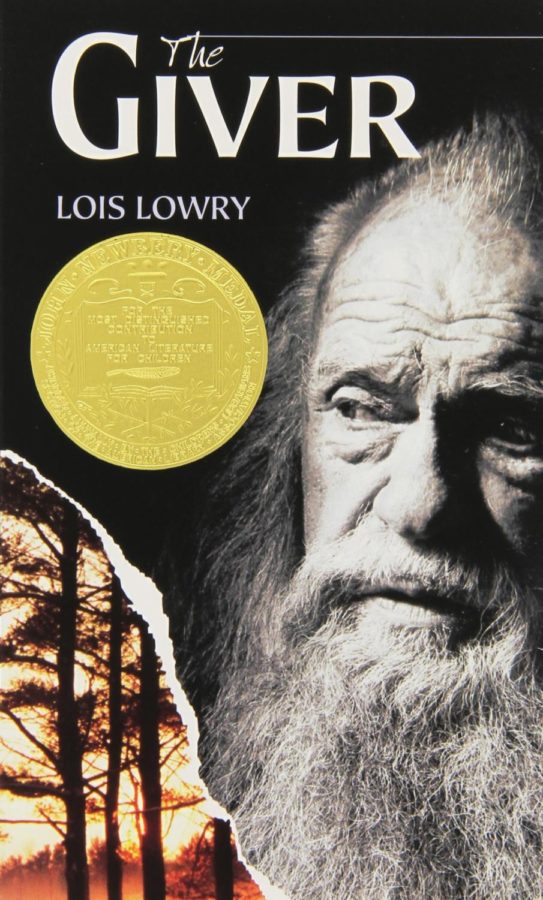The Giver Review
September 17, 2019
Novels take readers on a journey. Authors create mystical lands and characters as real as the people we see in our everyday lives. The plots that make up these novels are often outlandish and unrealistic; however, they often have hidden themes and social commentary to back up their heart-racing narratives and surprising plot twists. One such novel is The Giver by Lois Lowry.
The novel was written in 1993 and adapted into film in 2014. The novel follows 12-year-old Jonas as he uncovers the mysteries of his seemingly utopian society. This “city upon a hill” reveals itself to be quite the opposite–a community of suppressed individualism and forced submission. It is the Giver, Jonas’ elderly mentor, who helps Jonas see the truth.
The memories Jonas witnesses are of joyish and lamentable times. Jonas is eager to share the gleeful memories with his peers, though he grows less encouraged when exposed to the painful, terrifying truths of the world. The Giver is essentially the keeper of memories, and as an apprentice, Jonas first strives to do his duty to the Community. However, he soon realizes that the Community is withholding critical information from the public.
Though he is only 12, Jonas displays an admirable amount of courage and curiosity, even when faced with horrifying realizations. His perseverance and insistence allows him to understand the full scope of the Community’s mysteriousness. Lowry juxtaposes Jonas’ brashness and the Giver’s tranquility in a realistic, interesting manner.
The movie follows a similar arc to the novel, albeit with some noticeable changes. For instance, the characters are aged up significantly in order to appeal to a young adult audience. The novel’s messages are still prevalent, however, demonstrating the importance of memory to a human’s life. Without glimpses of the past, we are unable to reflect on our good days and bad ones; we are unable to see clearly the meaning of life. Lowry shows a society devoid of color and meaning. Through Jonas’ optimistic perspective, readers can see the vitality of individualism in today’s world.

